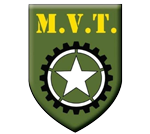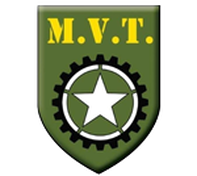The History and Geography of Normandy
Geography
The western part of Normandy is the home of the DDay landing beaches (the green shaded area on the map) and is situated on metamorphic rock that was lifted up and eroded into its characteristic plateau “peneplain” landscape inland and granite cliffs along the coast. The remaining area is part of the large Paris Basin containing the River Seine which meanders down to its estuary, cutting into limestone bedrock and creating coastal cliffs. There are also long stretches of beach along the eastern coast.
Much of Normandy is made up of flat grasslands and farmlands interspersed by gentle hills and the hedges (the bocage) that edge the fields. Just 12.8% of the region is woodland. Agriculture is highly diversified, ranging from the large cereal farms to the dairying and horse-rearing activities of the Pays d’Auge and the intensive market gardens of the west.
Much of Normandy is made up of flat grasslands and farmlands interspersed by gentle hills and the hedges (the bocage) that edge the fields. Just 12.8% of the region is woodland. Agriculture is highly diversified, ranging from the large cereal farms to the dairying and horse-rearing activities of the Pays d’Auge and the intensive market gardens of the west.


